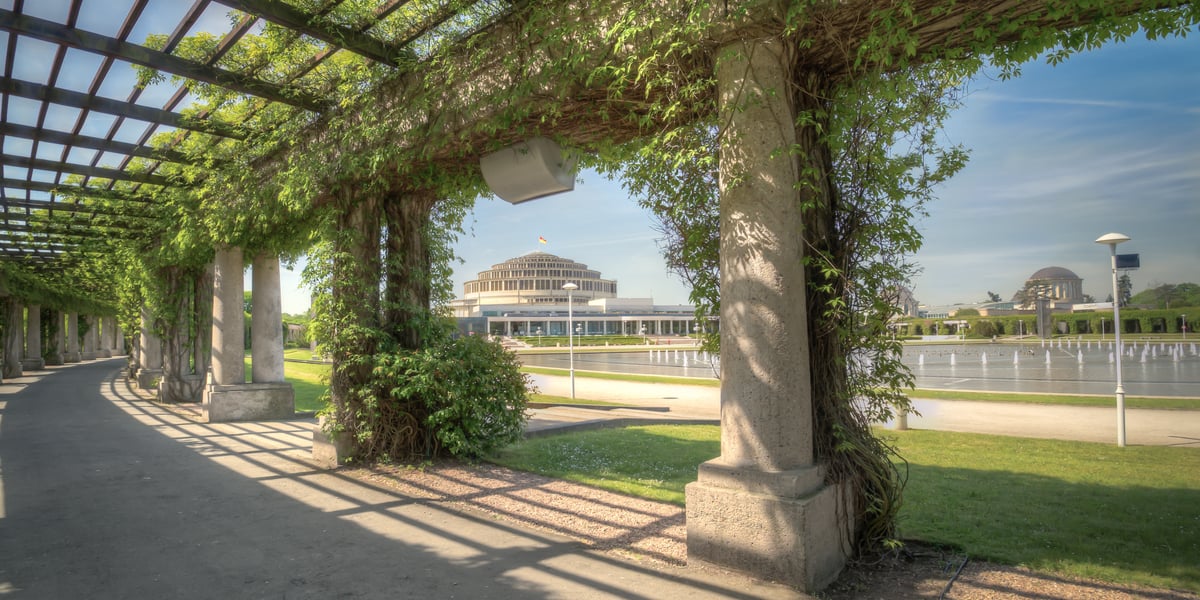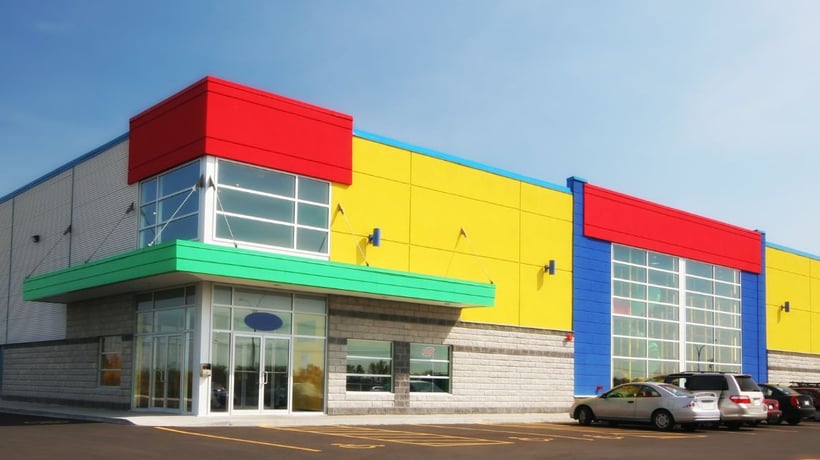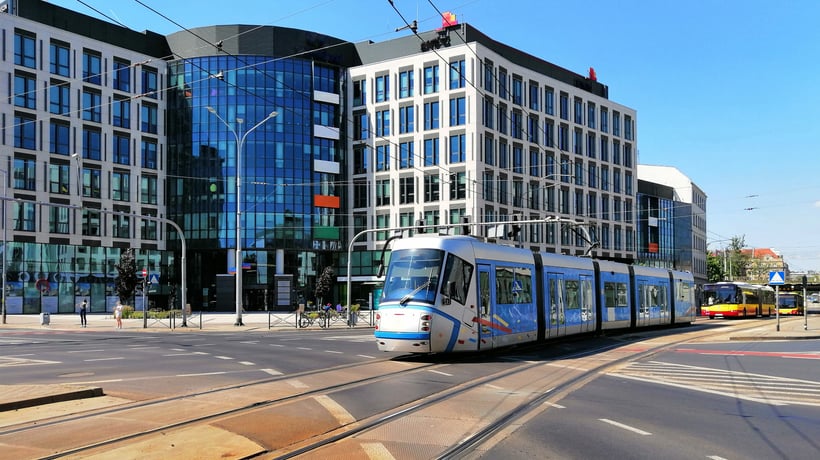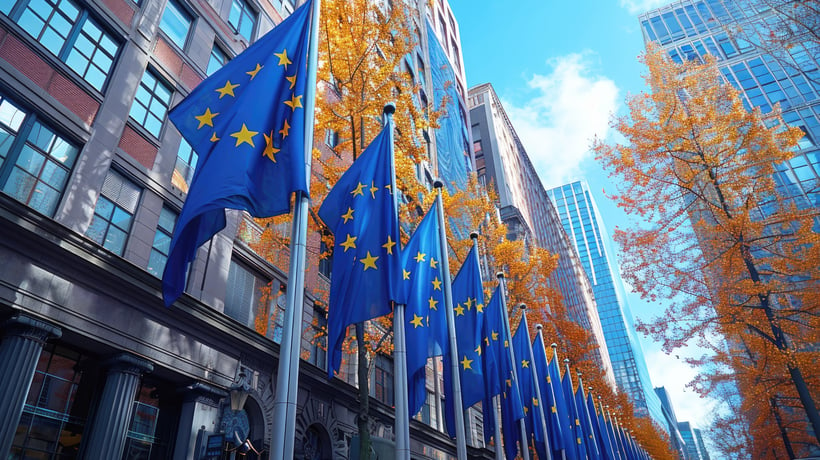- Wroclaw Market Square - one of the largest old town markets in Europe. It features the one-of-a-kind, historic Old Town Hall. The market is surrounded by historic churches and townhouses. There are numerous restaurants and cafes.
- Ostrów Tumski - the oldest historical part of the city, the seat of church authorities and the site of the Cathedral.
- Panorama of the Battle of Raclawice - a museum that houses a huge, extraordinary painting in the form of a panorama, depicting the victorious battle between the troops led by Tadeusz Kosciuszko and the armies of Tsarist Russia in 1794.
- Centennial Hall - an extraordinary building built between 1911 and 1913, recognized as a UNESCO World Heritage Site in 2006, along with its unique architectural surroundings. Nearby Centennial Hall includes: Wrocław Zoological Garden, Pergola, Szczytnicki Park.
- Japanese Garden - located adjacent to the Centennial Hall, established between 1909 and 1913, the Garden is unique in Europe, a living piece of Japanese culture and combines elements of Japanese gardens: a public garden, a water garden, a garden associated with the tea ceremony and a stone beach. Nearly 100 species of Asian plants can be seen. The garden's pond is home to Koi carp.
- Viewpoints - allow You to enjoy the unique panorama of the city and its surroundings. The most interesting are the Tower of St. Elizabeth Church near the Market Square, the Tower of the Cathedral on Ostrów Tumski, the Bridge of Penitents on the Cathedral of St. Mary Magdalene and the vantage point in the Sky Tower, the tallest building in the city.
- National Museum - located on the Oder River waterfront on a beautiful walking boulevard. The Museum's collection includes more than 200,000 exhibits, mainly presenting the art of today's Lower Silesia region and important works of Polish and European art (including painting, sculpture), as well as temporary exhibitions.
- Botanical Garden of the University of Wroclaw - a vast garden established in 1811. It was one of the favorite places in Wroclaw of the famous Polish composer Krzysztof Penderecki. In the atmospheric surroundings, it is possible to admire plants characteristic of the Lower Silesia region and from various parts of the world. Greenhouses present tropical plants, plants of the tropical forest floor, aquatic plants.
- Africarium - The largest oceanarium in Poland. One of the biggest tourist attractions in the country. The Africarium is also the biggest attraction of the Wroclaw Zoo. It consists of a huge complex of pools and aquariums, which are home to a total of several thousand exotic animals, including more than 350 species of fish and mammals from the Black Continent.
- Kolejkowo - a unique place in Poland. On more than 700 square meters more than 4,500 models of buildings, vehicles, nature objects and people have been collected. With great attention to detail and humor, characteristic places of Wroclaw and Lower Silesia were recreated, including historic buildings, rivers, roads, trains, mountains, countryside. Trains run on 800 meters of tracks, the number of models of all types of vehicles is 280. Kolejkowo allows You to look at Wroclaw and Lower Silesia from a unique and interactive perspective, which will be fascinating for both children and adults.
- Center for Ecological Education "Hydropolis" - a center of knowledge about water. It is a unique facility not only in Poland but also in the world. The center is located in a modernized 19th century underground reservoir of pure water. Among the ambassadors of Hydropolis is Don Walsh: the first man to reach the deepest point of Earth's oceans - the so-called Challenger's Deep. He has been repeatedly awarded and decorated for his achievements.
You can also check more information on places to see in Wroclaw: here








